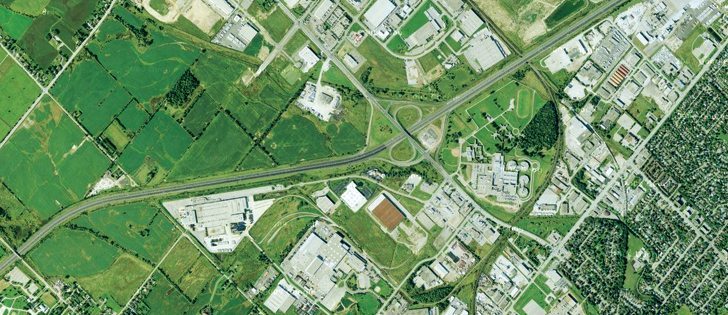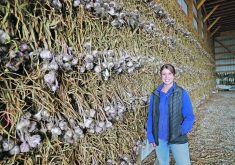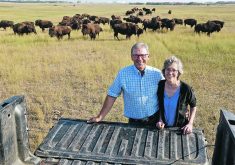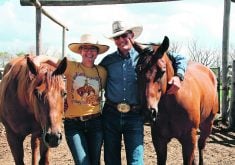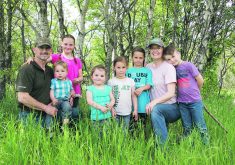Farming in the Greater Toronto Area Land values, wildlife, traffic pose challenges for farm couple
CAMPBELLVILLE, Ont. — One of the problems of being a commercial farmer living in the shadow of metropolitan Toronto is crop-destroying wildlife.
Toronto commuters have also been buying land in Peter Lambrick’s area west of Toronto, building big country homes and renting out the remaining land to local farmers.
It drives land prices out of the reach of farmers looking to expand.
And because of the sensibilities of the urban arrivals into the rich farming countryside on the edge of the Greater Toronto Area, wildlife sightings are welcome and eradication not allowed.
Read Also
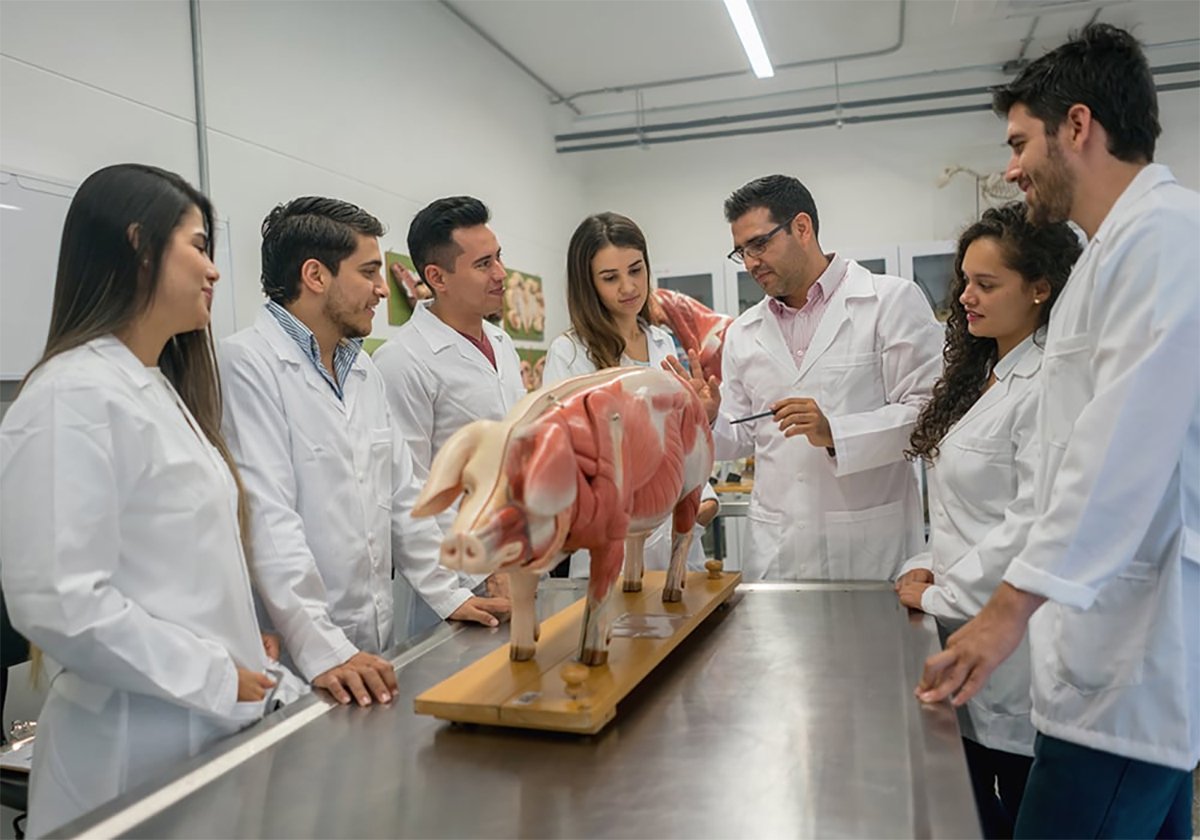
Students urged to consider veterinary medicine
Alberta government makes $86.5 million investment in University of Calgary to double capacity for its veterinary medicine program to address labour shortages in the field.
“We really see an influx of deer, turkeys, raccoons, geese all around,” says Lambrick. “It’s nothing for us to lose 12 rows of corn to wildlife and there really is nothing we can do about it.”
But for this 61-year-old immigrant from England who has farmed in the area for almost 40 years and rents 800 acres to grow a variety of crops, supplemented by custom work on farms in the neighbourhood, the biggest hassle is the traffic.
His farm is near Milton, Canada’s fastest growing community as more Torontonians move west for cheaper land and the cache of country living.
The highway that runs past his farmhouse and that connects him to other pieces of land he owns or works as a custom operator is an increasingly clogged commuter road.
“There are times when I have to wait forever to get my machinery onto the road to get to another field,” he said. “And it scares the hell out of me to see what some people do around my equipment, the risks they take to pass.”
On the other hand, all those commuters are potential customers.
Liz Lambrick, who emigrated from England to marry Peter last decade, sells vegetables and garlic products from a roadside stand.
“The real seller is her garlic fudge,” Peter said. Tomatoes, sweet corn and other vegetables from Liz’s garden also are on offer.
But the real income mainstay for the farm is soybeans and in particular identity preserved soybeans. Grains and oilseeds are part of the rotation and custom work on fields often owned by city workers with land leased out also is a key part of the farm business plan.
Selling straw to local strawberry farms is part of the revenue stream as well as a seed cleaning business.
“You have to be creative, do what you can,” said Peter.
He has quit marketing wheat through the voluntary Ontario Wheat Board because it doesn’t provide the service he can get from private grain handling companies.
He said the possibility of expanding his land base is limited by the economics of local land prices.
“At present, a lot of land is being moved but at prices you just can’t justify for production.”
Lambrick Farms Enterprises experiences both the problems and the opportunities of trying to exist near Toronto.
High land prices, urban rules about rural living and regulations about land use and farming practices are a constant challenge.
“But I like to be positive and the advantage of farming here close to the GTA is that we are so close to such a massive market,” said Peter. There are farmers’ markets, roadside stands and a wide array of marketing opportunities.
He has been a leader in a project to encourage governments, planners, processors, municipalities, consumers and farmers within the heavily populated and fertile southwest Ontario Golden Horseshoe to work together to ensure the future of the local farm and food industry.
“We need to attract the next generation of farmers here because there is a future in the food industry within the GTA,” said Lambrick.
The action plan produced for the future of agriculture within the shadow of Canada’s largest city includes incentives for new farmers and for immigrants with farming background to have access to land where crops can be produced to satisfy the food needs of an increasingly ethnic population.

